Agent 47. Birth of the Hitman
Extraits

Comics
Agent 47. Birth of the Hitman
02/2019

12 ans et +
Les 8 royaumes mortels Tome 1 : La cité de Pierre-de-Vie
06/2019

Non classé
The Whitman-Hartmann Controversy
12/1976

Comics
La saga de Ra's Al Ghul
07/2014
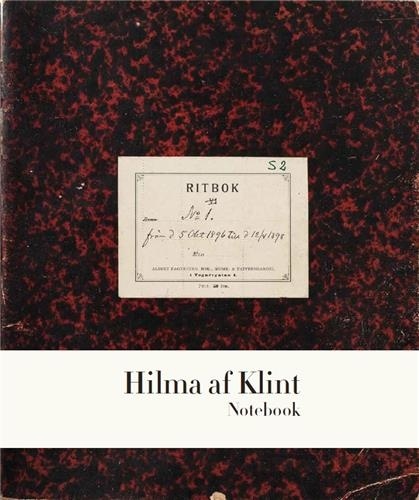
Monographies
Hilma af Klint. The Five Notebook 1
01/2022
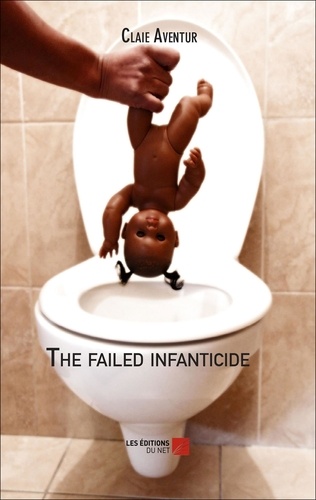
Critique littéraire
The failed infanticide
05/2014

Littérature française
Birth days
08/2000
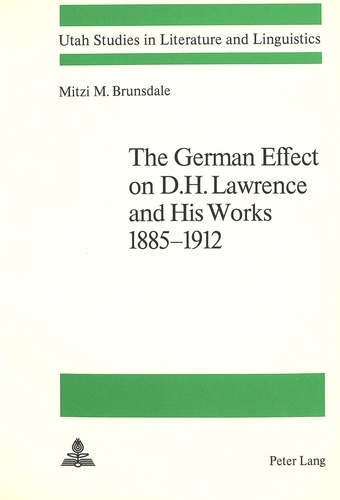
Non classé
The German Effect on D.H. Lawrence and his Works 1885-1912
12/1978
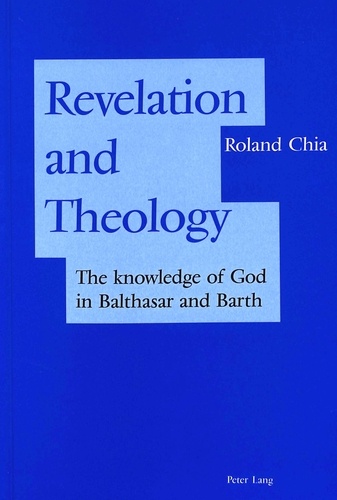
Religion
Revelation and Theology
11/1999
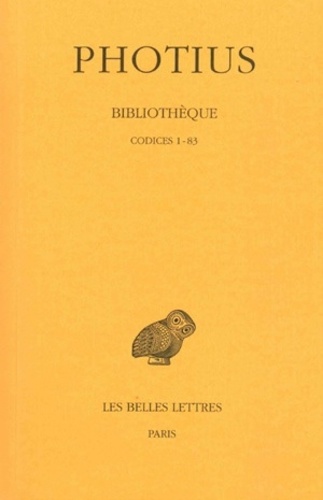
Critique littéraire
Bibliothèque. Tome 1, Codices 1-83, Edition bilingue français-grec ancien
01/1959

Rock
Alfred Wertheimer. Elvis and the Birth of Rock and Roll, Edition français-anglais-allemand
06/2022

Philosophie
«Phädon», or «On the Immortality of the Soul»
12/2006

Non classé
Shakespeare's Reception in 18th Century Italy
06/1993
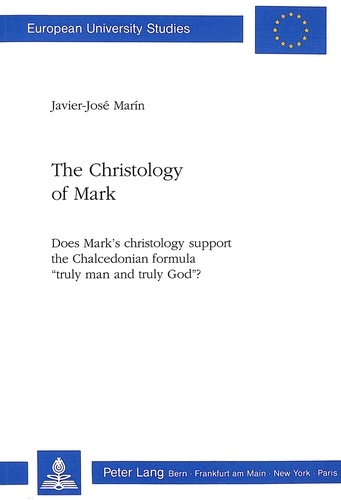
Non classé
The Christology of Mark
02/1991

Religion
Everyday Men
08/1987

Comics
War of the Realms - Deadpool N° 2 : Deadpool, agent secret
03/2020

Anglais apprentissage
Sophie's Choice. William Styron
10/2004

Sciences politiques
The Structure of Political Communication in the United Kingdom, the United States and the Federal Republic of Germany
11/1987
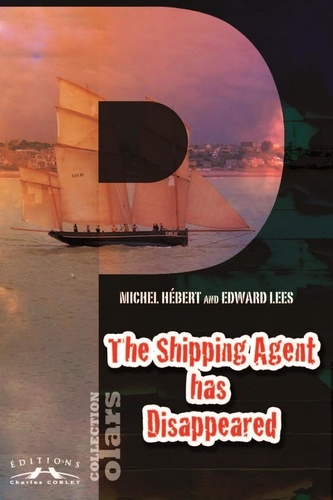
Littérature française
The Shipping Agent has Disappeared
09/2010
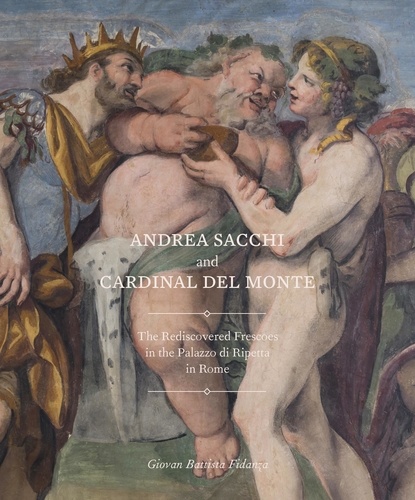
Monographies
Andrea Sacchi and Cardinal del Monte. The Rediscovered Frescoes in the Palazzo di Ripetta in Rome
08/2022

Manga
L'attaque des titans : birth of Livaï Tome 1
04/2015
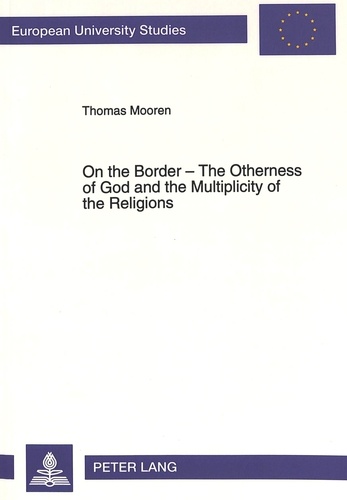
Histoire internationale
On the Border - The Otherness of God and the Multiplicity of the Religions
01/1994

Religion
The Spiritual Narratives of Adoptive Parents
07/2013

Comics Super-héros
Hitman Tome 1
09/2023

Histoire et Philosophiesophie
The Undergrowth of Science. Delusion, self-deception and human frailty
01/2000
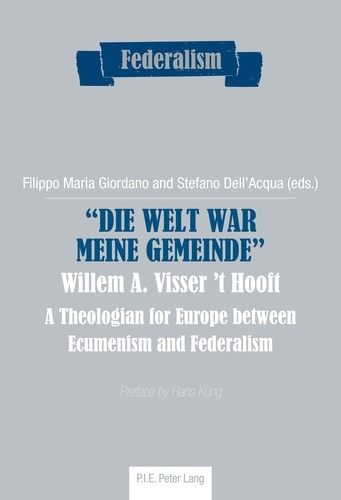
Histoire de France
«Die Welt war meine Gemeinde»- Willem A. Visser ’t Hooft. A Theologian for Europe between Ecumenism and Federalism
12/1985
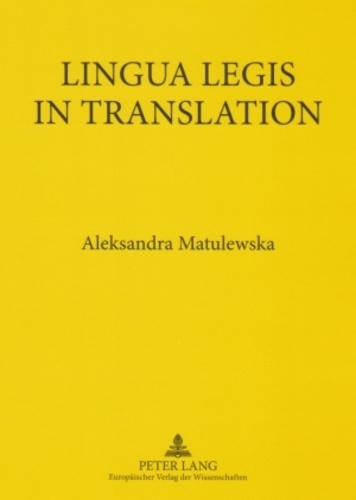
Non classé
Lingua Legis in Translation
07/2007

Histoire et Philosophiesophie
Thinking about Physics
01/2000
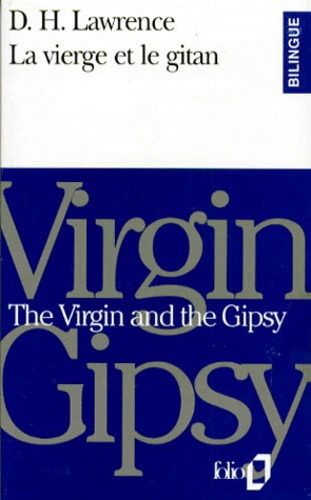
Anglais apprentissage
LA VIERGE ET LE GITAN : THE VIRGIN AND THE GIPSY
02/1993
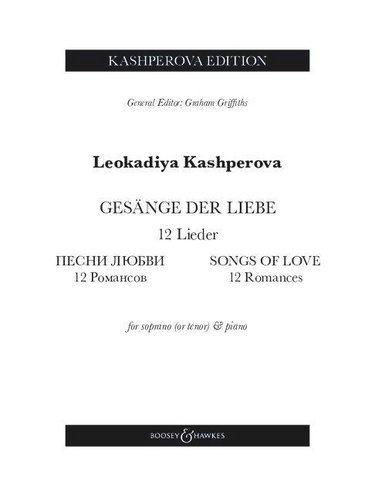
Musique classique
Songs of Love. 12 Romances. 12 Lieder. Soprano (tenor) and piano.
12/2023

